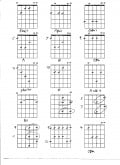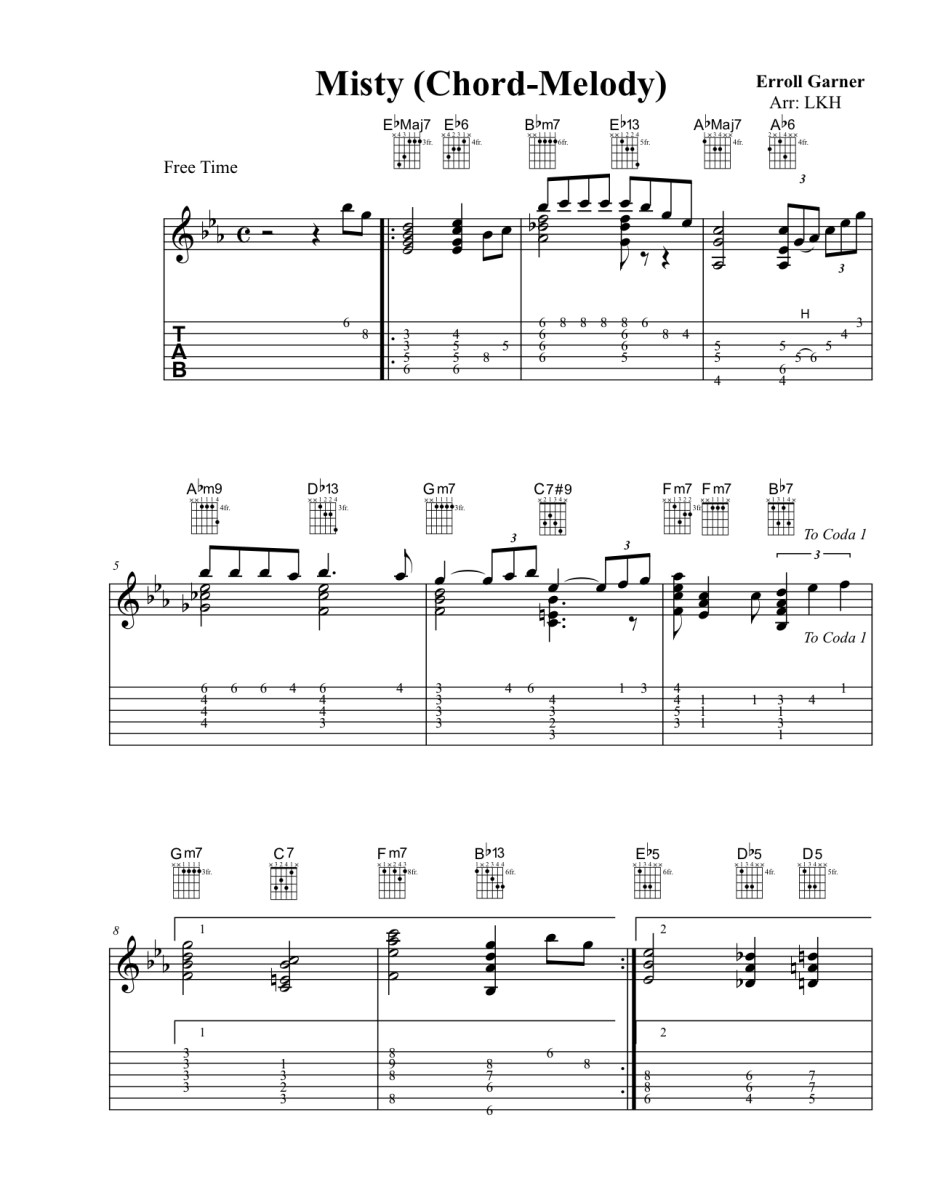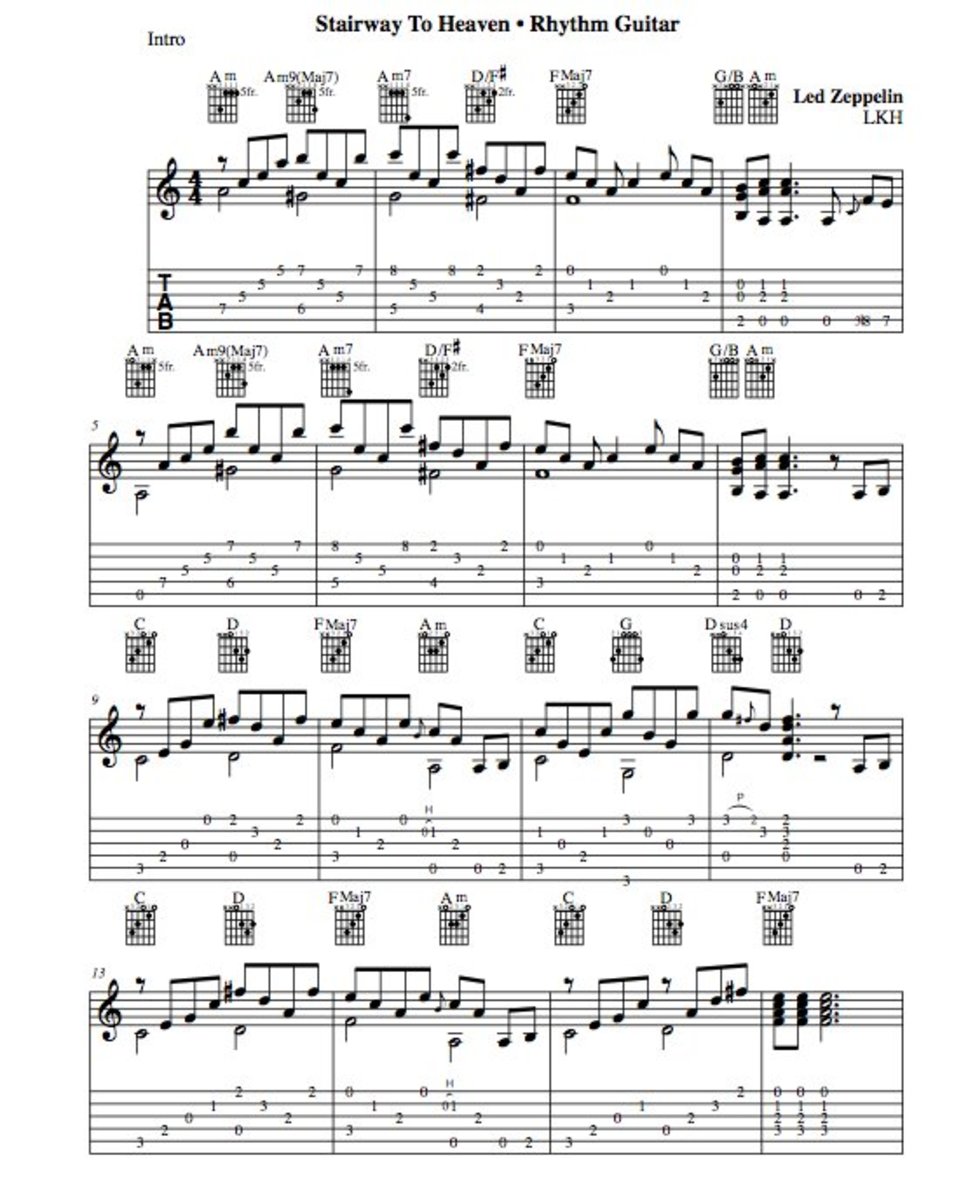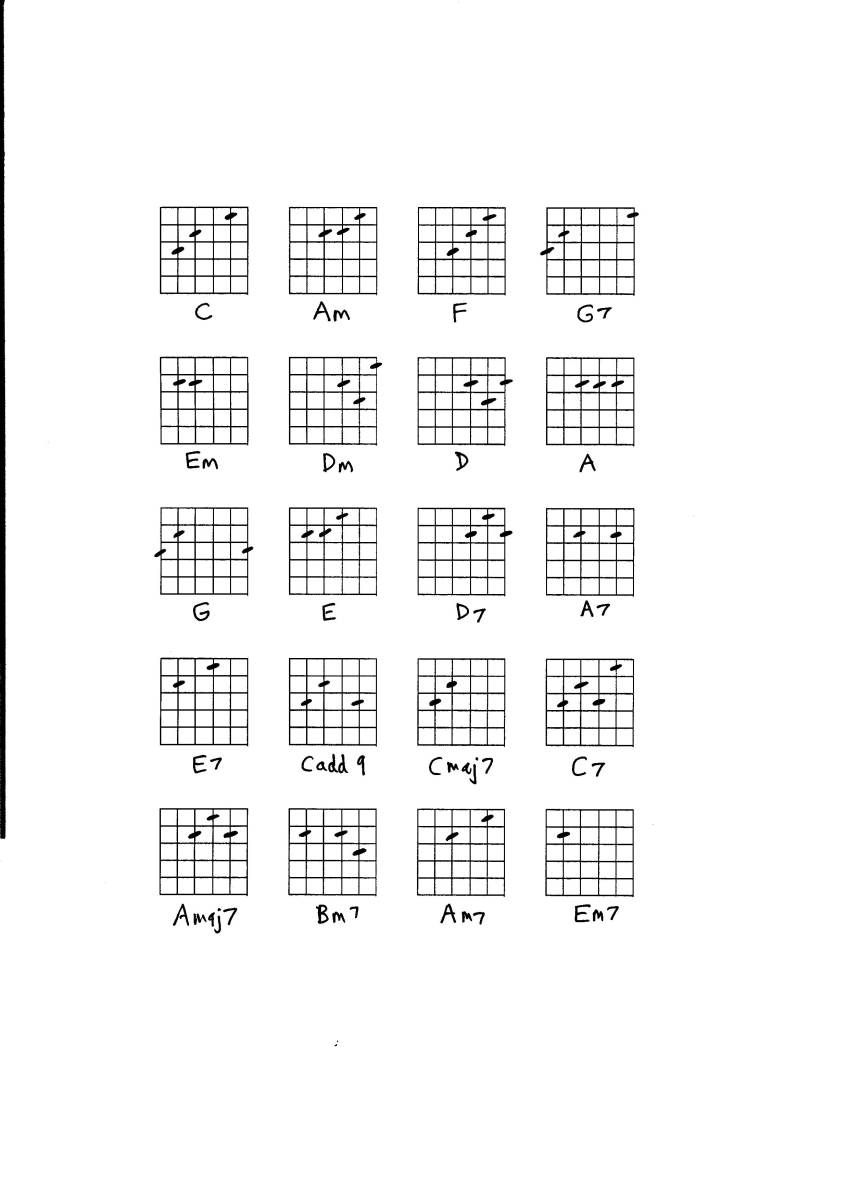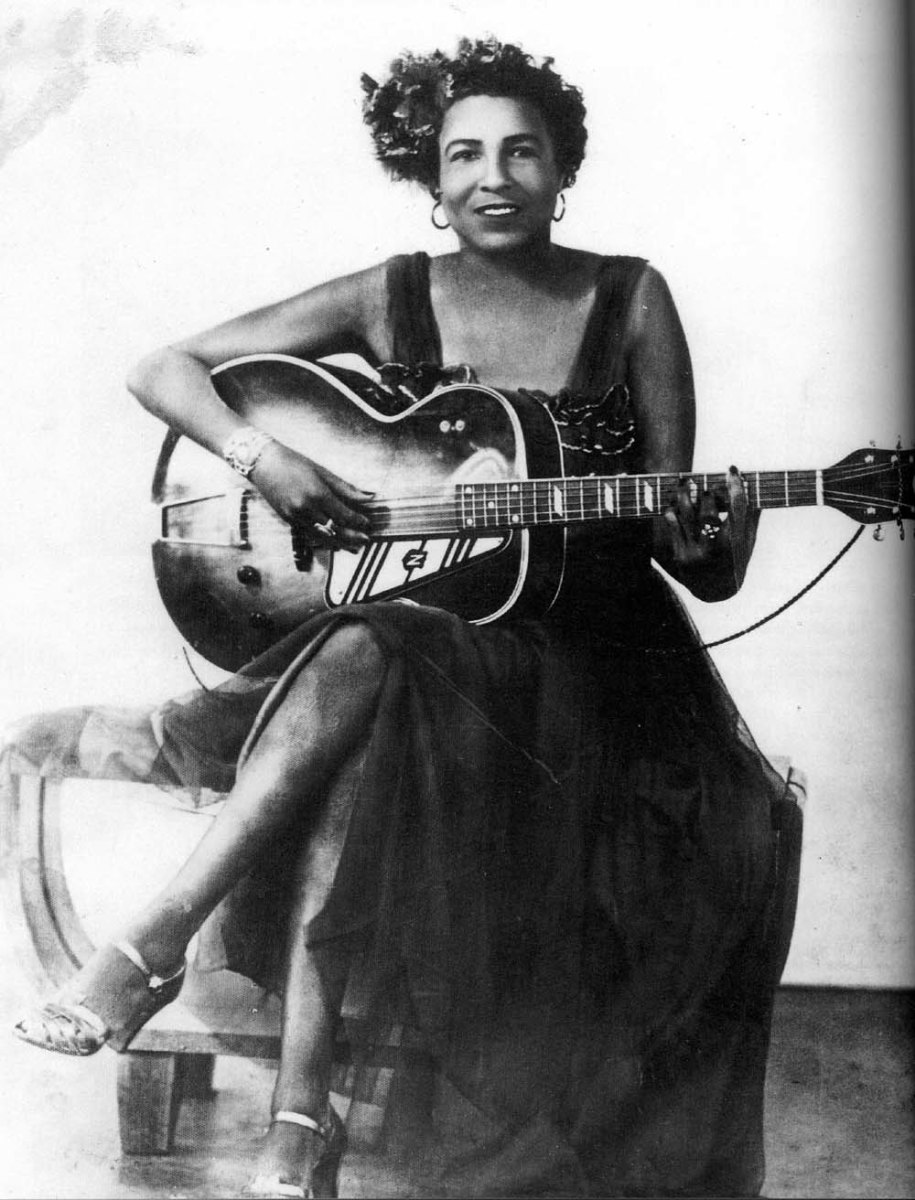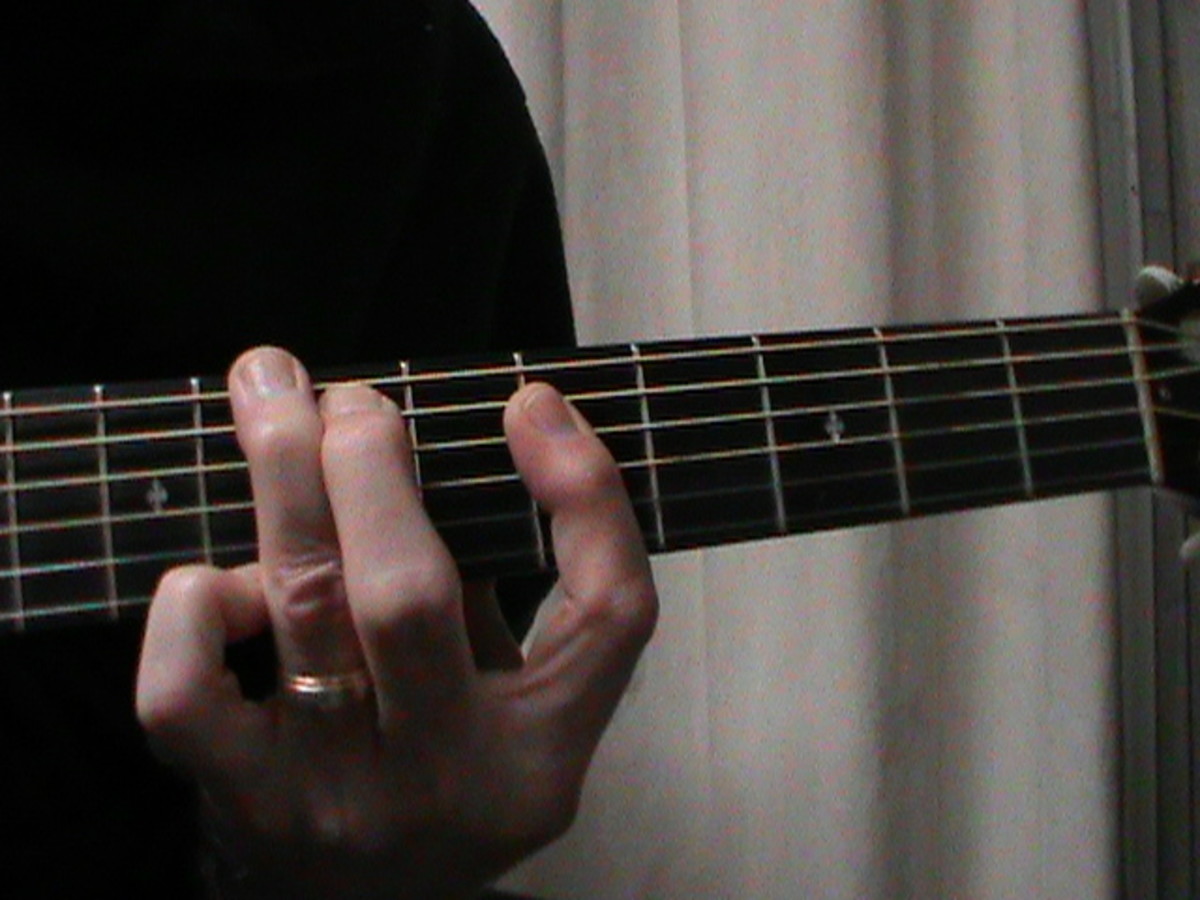Guitar Jazz Standards
Guitar chords for jazz standards
This article will be introducing some useful and widely used jazz guitar chords, in the context of a well-known jazz standard, Blue Moon.
This is how the chord pictures work:
- The six vertical lines are the strings
- The horizontal lines are the frets
- x means don't play this string, o means open string
- The loop indicates a barre form chord where one finger covers many strings
- Recommend the use of iRealb, so you can hear the backing tracks and play along. It's a great resource and well worth the money, literally hundreds of jazz standards are included and also Pop and Latin material.
- My tip is to learn songs from the Ella Fitzgerald version, as they are reliably accurate, if at all possible. It's now very easy to find these on Youtube.
Jazz Guitar Chords
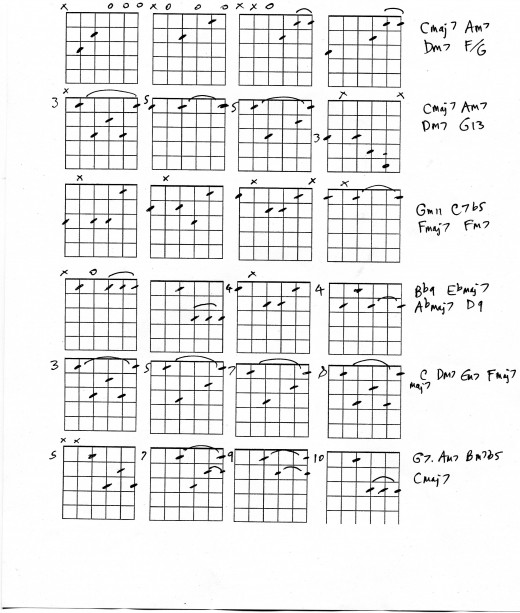
Chords and theory
The first four chords, line 1, show a chord progression in the key of C:
- Cmaj7, Am7, Dm7, F/G (or G7 could be used instead)
This is a I vi ii V chord progression - the chord numbers are to identify the chords from the C major harmonised scale, which is shown in full on the last two lines of the chord chart. The chords are all in first position, and should be quite easy to play - they also repeat a lot during this song.
The next line shows the same set of chords, but at a more advanced level - and in a layout that you could transpose to another key by moving the same set of shapes up the fretboard. One useful thing about knowing the alternative first position shapes in line 1 as well is to avoid fatigue when playing a long set. You can effectively give your hand a rest by switching chord shapes.
Both these chord progressions work very well with an Am pentatonic scale, and also a C major scale. A great tip for practicing is to record the chords and then improvise with these scales.
Line 3 chords
A great jazz chord move is shown - Gm11, C7b5, Fmaj7. This is a ii V I chord progression in the key of F, one of the most widely used progressions in Jazz, Latin, or any other music. Make sure you mute string 5, which tends to happen anyway with this chord shape. The lower two notes come down a semitone (1 fret) and the upper notes stay the same. You could also use this as an intro for any tune in the key of F.
ii V I chord progressions are so ubiquitous in jazz that it's worth spending time on playing them in all keys. Specifically, start with the common jazz keys such as F, Bb, Eb. There is a huge amount of info all over the net about lines that fit this progression.
Harmonised scales
As my other hubs cover this aspect of theory, this will be just an overview. The basic building blocks of Western harmony:
- A major scale has seven different notes, in a regular pattern of intervals.
- The pattern is TTS TTTS (tone is T, semitone is S - 2 frets or 1 fret interval)
- Each of these notes can be harmonised with an extra 2 notes, or more, to form a harmonised scale, which follows the same interval pattern
- The scale and the chords fit together, and can be used to create songs.
If you play the chords on the last 2 lines you will have the harmonised scale of C with added sevenths. Note that there is a split point, after the four chords with a root 5 bass, the shapes move across a string to root 4 shapes. This is very useful for avoiding shapes that are too far up the neck.
Chords in the key change
Lines 3 and 4 show the chords in the key change section - we are leaving the key of C for a few bars. The chords are moving in fourth intervals, as in the cycle of fifths or fourths which is an essential part of music theory.
- The Eb maj7 chord is just on the top four strings, it's a root 4 chord, i.e. the root note is on string 4.
- Abmaj7 - think of this as an Am shape, with your thumb doing the bass note. String 5 is muted, but that tends to happen anyway, and it will still work for strumming chords with a pick.

